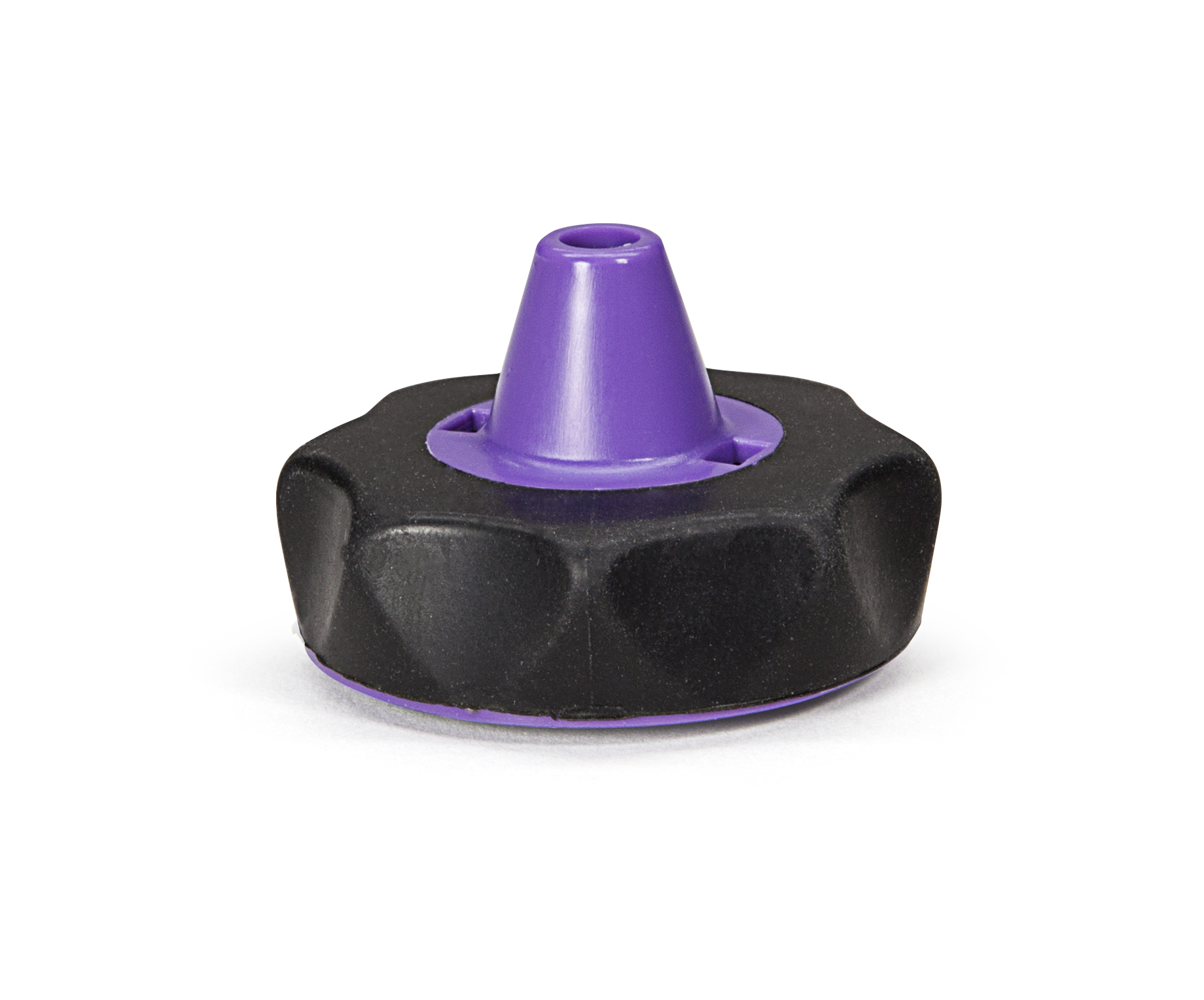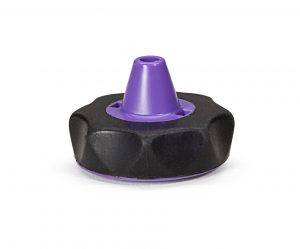
Overmolding Tips: How to Save Time and Money When Designing For Overmolding
Overmolding is a process where a single part is created using two or more different materials in combination. The first material, often referred to as the substrate, is partially or fully covered by another material (overmold material) during the manufacturing process. A wide range of materials are capable of being overmolded, including both hard and soft plastic resins.
Typically a substrate material or part is placed into an injection molding tool at which point the overmold material is shot into, onto, or around the substrate. When the overmold material solidifies, the two materials become joined together as a single part.

Customers frequently request to make overmolding layers thinner than 1 mm for TPE (thermoplastic elastomer) “soft touch” overlays. When we inquire as to why they are requesting this specification, we often hear that they are solely requesting this in order to save money on material costs or simply have no specific reason. Such thin sections are a common source of issues. Not only is the “soft touch” feeling so slight that it cannot be noticed, but sections that are too thin do not allow the material to flow properly and adhere to the substrate. If not properly planned for upfront, lack of correct thickness can result in rework and spending significantly more time and money than originally thought.
Issues related to thin overmolding layers can sometimes be resolved by adding gates to the overmold which increases the L/T (length over thickness) ratio. If gates are not an option, too thin of a wall will require reworking the part design adding costs, time and labor. If a thin TPE layer “freezes up” during the injection molding process, it is not uncommon to have to rework both the substrate tool and the overmold tool and rerun the part. Discuss your expectations early in the design process with our technical experts in order to ensure the best possible outcome for your product’s success.
If you are interested in receiving more information on overmolding, contact us at sales@xcentricmold.com or 586-598-4636.
For more information about overmolding, please watch our webinars.